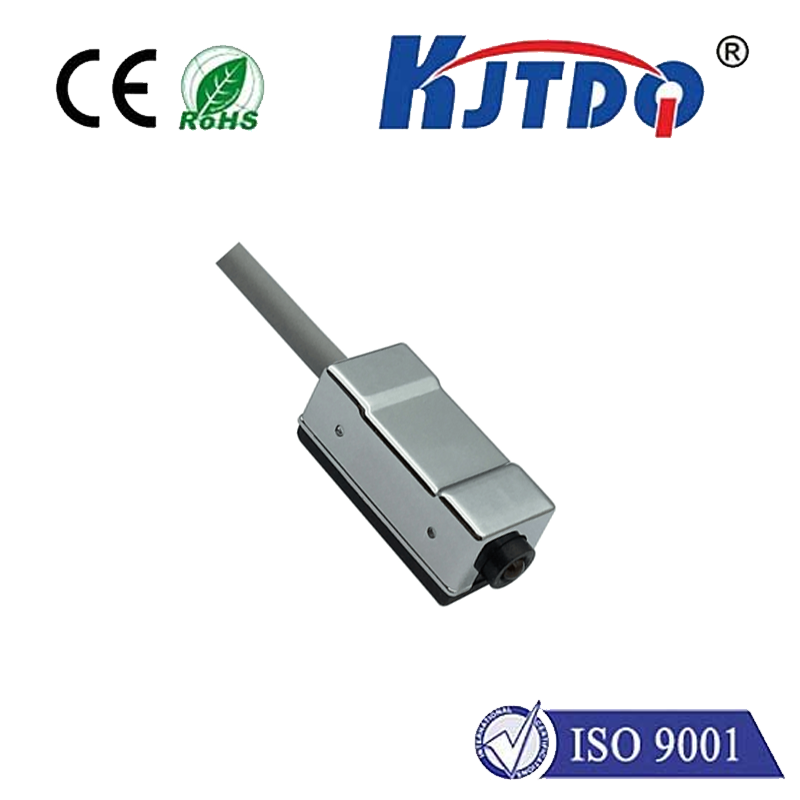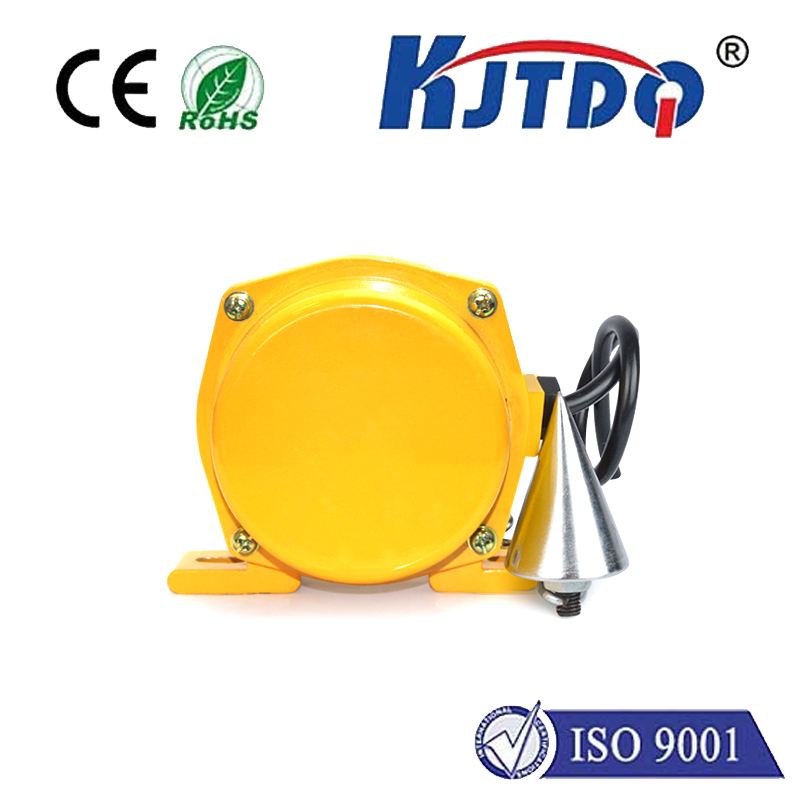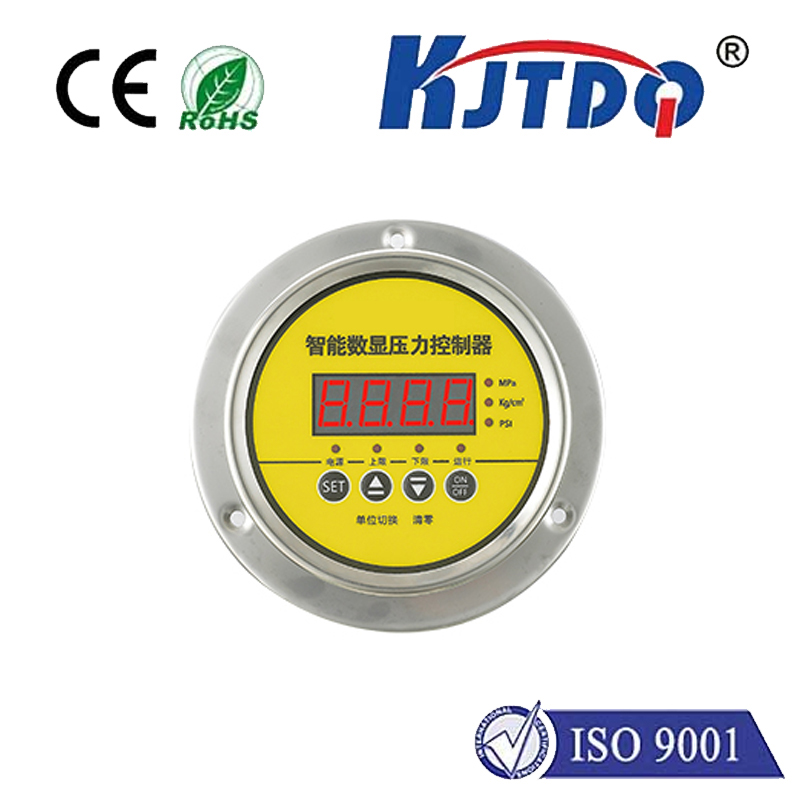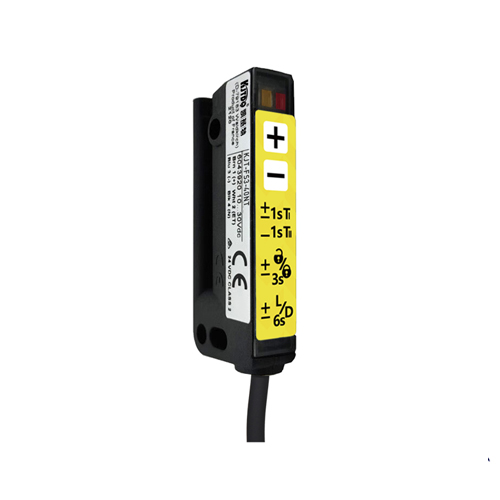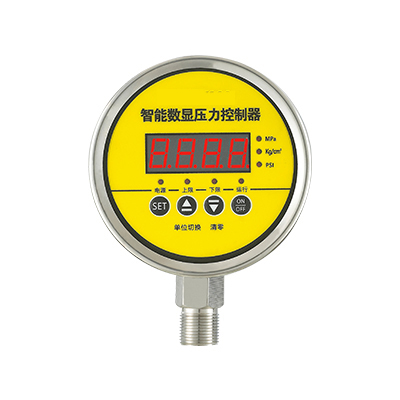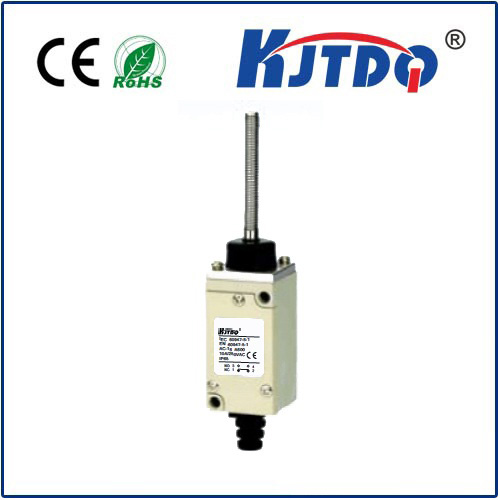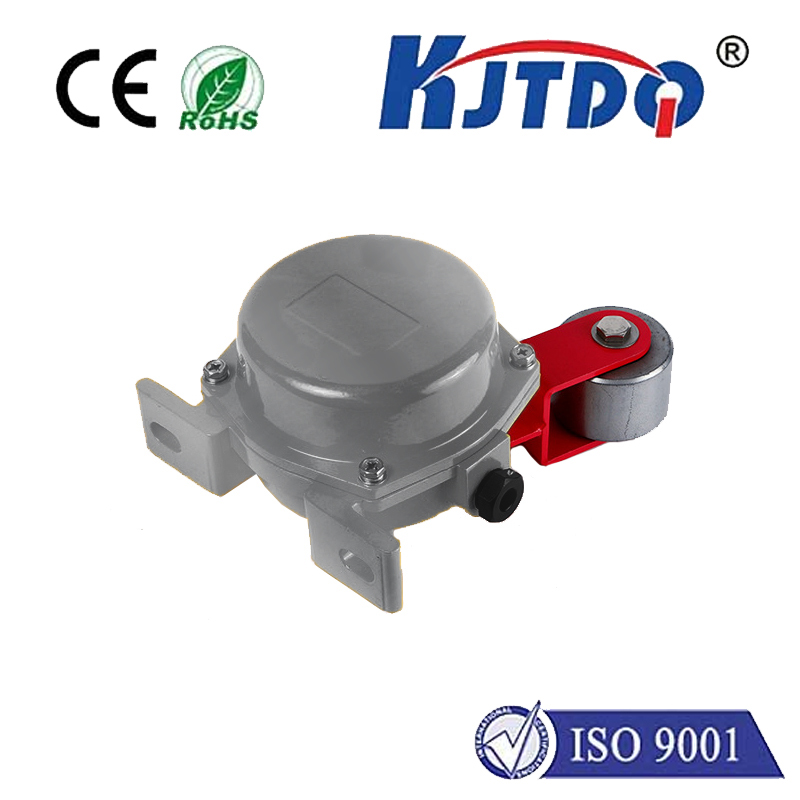proximity sensor pnp nc
- time:2025-07-16 08:11:31
- Click:0
Proximity Sensor PNP NC: Mastering Normally Closed Sourcing Detection
In the intricate dance of factory automation, robotics, and countless electronic systems, proximity sensors perform a silent, critical ballet. They detect presence or absence without physical contact, triggering actions precisely when needed. Among the various configurations, the proximity sensor PNP NC stands out for its unique electrical characteristics and inherent fail-safe advantages. Understanding this specific variant – PNP sourcing output in a Normally Closed circuit state – is crucial for engineers, technicians, and designers aiming for robust, reliable system performance. What does this seemingly technical label mean, and why might it be the optimal choice for your application? Let’s demystify the “PNP NC” proximity sensor.
Decoding the PNP NC Label
The label “PNP NC” combines two distinct electrical specifications:
- PNP: This refers to the transistor type used in the sensor’s output switching circuit. A PNP transistor acts as a sourcing output. When the sensor is active (detects a target), it connects the output signal line to the positive supply voltage (V+). Think of it as the sensor providing positive power on its signal line when triggered.
- NC (Normally Closed): This describes the default electrical state of the output circuit when the sensor is NOT detecting a target or is in its de-energized state. In an NC configuration, the output circuit is closed. This means, in a properly wired system, current can flow from the sensor’s output to the load (like a PLC input) when no target is present. When the sensor detects a target, it opens this circuit, interrupting the current flow.
Visualizing the PNP NC Operation
Imagine wiring a PNP NC proximity sensor:
- Power: Connect V+ (e.g., 24V DC) and GND (0V) to the sensor.
- Output: The sensor’s output wire is connected to one side of your load (e.g., a PLC digital input module). The other side of the PLC input is connected to GND.
- No Target Present (Normal State - NC Closed):
- The sensor’s internal PNP output transistor is OFF.
- However, because it’s Normally Closed, the sensor provides a separate internal path connecting its output signal line directly to V+.
- Result: Voltage (V+) flows from the sensor output to the PLC input (which is connected to GND). The PLC sees a “HIGH” or “ON” signal. Current is sourcing from the sensor.
- Target Detected (Active State):
- The sensor detects the target.
- It breaks (Opens) the internal Normally Closed path to V+.
- The internal PNP transistor remains OFF (PNP transistors source when ON).
- Result: The path to V+ is broken, and the PNP transistor doesn’t activate. No voltage is supplied to the output signal line. The PLC input (connected between the sensor output and GND) now sees 0V – a “LOW” or “OFF” signal.
Key Advantages of PNP NC Proximity Sensors
Choosing a PNP NC configuration offers several compelling benefits, particularly in safety and diagnostics:
- Inherent Fail-Safe Nature: This is often the primary reason for selecting NC configurations. If a critical event occurs – such as wire breakage, loss of sensor power, or even physical damage preventing detection – the sensor defaults to its Normally Closed state. This means the output signal reverts to the “ON” (V+ present) state. In control systems designed to interpret an absence of the “ON” signal as an alarm or safe shutdown condition, this fail-safe behavior is vital. A broken wire looks identical to a detected target (both cause output LOW/OFF), triggering the safety response. An NO sensor would fail “silently” (showing no target when there is one) in a wire break scenario.
- Energy Efficiency (Inactive State): When not detecting a target, the PNP NC sensor is essentially just passing V+ through its internal NC contact path. This typically consumes less energy than actively driving a PNP transistor ON, as a PNP NO sensor would do when inactive.
- Compatibility with Sinking Inputs: PNP outputs (both NO and NC) are designed to work seamlessly with sinking input modules commonly found on Programmable Logic Controllers (PLCs). These inputs expect the sensor to provide the positive voltage (source) when signaling “ON”.
- Clear Diagnostic Capability: As mentioned above, the way an NC sensor fails (open circuit or power loss = output OFF) often aligns perfectly with signaling a fault condition to the control system, making diagnostics more straightforward.
Where PNP NC Sensors Shine: Application Examples
The fail-safe characteristic makes proximity sensor PNP NC the preferred choice in numerous critical applications:
- Safety Interlocks: Guard doors on machinery. An open door (target absent) must immediately halt the machine. The NC sensor ensures power loss or wire break also stops the machine. No signal (LOW/OFF) = Unsafe condition.
- Position Verification: Confirming a robotic arm is fully retracted before allowing conveyor movement. Retracted = target present = output OFF (safe to move?). Critical that a sensor failure doesn’t falsely indicate the arm is retracted.
- Material Presence Monitoring: Detecting if a pallet is correctly positioned on an assembly station. Absence of pallet (target absent) should prevent the assembly cycle start. Sensor failure should also prevent cycle start.
- Over-Travel Limits: Preventing actuators or slides from moving beyond their physical limits. Detecting the limit position (target present) should cut power. Sensor failure must also trigger shutdown.
- Automotive Safety Systems: Applications like detecting if a passenger seatbelt is buckled (often uses the principle). An unlatched buckle (or faulty sensor) must signal the “not buckled” warning.
Choosing Wisely: PNP NC vs. Other Types
- PNP NC vs. PNP NO: The core difference is the default state. PNP NO provides V+ ONLY when detecting a target (output HIGH when target present). PNP NC provides V+ when NOT detecting (output HIGH when target absent). Choose NC for inherent fail-safe on loss of signal.
- PNP vs. NPN: NPN sensors have sinking outputs (connect output to GND when active). PNP (sourcing) is more common in many regions and is generally compatible with PLC sinking inputs. Ensure your PLC input type matches the sensor output type (PNP or NPN).
- NC vs. NO: The decision often boils down to safety logic. Does the system need to trigger an alarm or safety function if the sensor stops sending its expected signal? If yes, NC is usually the answer. If an “ON” signal only when detection occurs is sufficient (and failure modes are less critical), NO might suffice.
Specification Considerations
When selecting a proximity sensor PNP NC, ensure it meets the application’s requirements beyond just the output type:
- Sensing Distance: The rated operating distance.
- Target Material: Typically inductive sensors detect ferrous metals, capacitive detect non-metals too, photoelectric use light beams.
- Housing Material & IP Rating: For environmental protection (dust,











